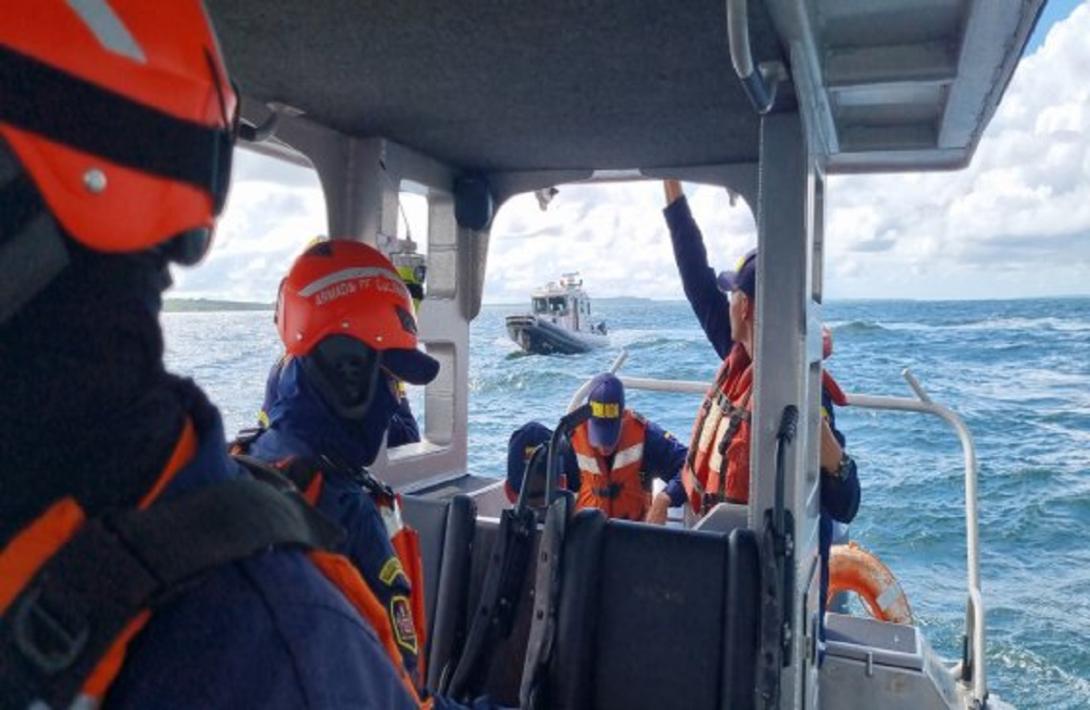In order to safeguard human life at sea and increase the degree of preparedness of operational Units, maritime, aeronautical and risk management authorities carried out a large-scale rescue operation exercise in Cartagena.
During the exercise, the accident of an aircraft was simulated due to mechanical failures, which made an emergency landing in the Caribbean Sea six nautical miles from Cartagena.
The plane crash was known by the Barranquilla Air Control Center of the Civil Aeronautics, through a call in which the emergency of the aircraft traveling on the Miami - Cartagena route with 200 passengers was reported to land due to mechanical failures.
Immediately, the emergency procedures were activated, alerting the Naval Institution, who at the coordination of the search and rescue mission, started the operation conducting by helicopter, a surface ship and two fast reaction boats of the Cartagena Coast Guard Station, in order to find the aircraft and rescue the personnel.
Once in the area, the people were rescued and brought to safety in a Coast Guard unit and taken to a safe port in Cartagena. Already on the ground, the Civil Defense and the CRUE carried out the review of the injured and their state of health, transferring five of them who required specialized medical assistance to hospitals.
In the end, the coordinated synergy of the institutions led to the effective rescue of all people in emergency, in a timely manner, safeguarding their good physical condition.
The activity led by the Colombian Navy, the General Maritime Directorate and the Civil Aeronautics as members of the National Maritime Search and Rescue System (SSARMAN), had the participation of the Regulatory Center for Emergencies and Emergencies - CRUE-, the District Council for Disaster Risk Management of Cartagena and the Civil Defense, leading to strengthen inter-institutional coordination in the face of possible emergencies that are received through the National Maritime Search and Rescue System.
These exercises lead to the review of contingency plans, emergency call through VHF radio, survival techniques and first aid care, as well as reaction times, level of coordination, procedures and implementation of safety protocols established by each of the parties, in response to situations where human life is at risk.
Source: Press - Navy of Colombia





